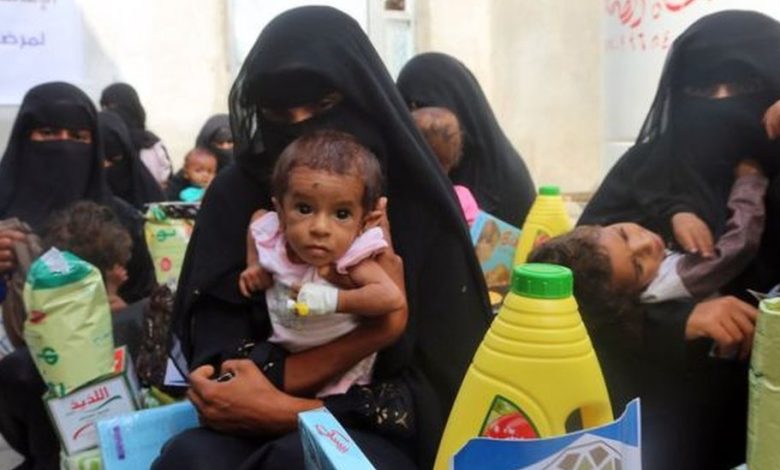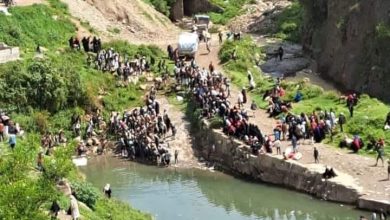UNICEF: Millions of children in Yemen in desperate need of humanitarian aid

Yemen Monitor/News Room
The United Nations Children’s Fund (UNICEF) said on Tuesday that millions of children in Yemen are in desperate need of humanitarian aid and life-saving support.
In a statement, UNICEF noted that the situation in Yemen remains fragile after nine years of conflict, and without a sustainable political settlement, half of the population in Yemen (18.2 million people), including 9.8 million children, are in urgent need of humanitarian aid and life-saving support.
The organization emphasized the continued rise in malnutrition rates in Yemen, with over 2.7 million children suffering from acute malnutrition, while 49% of children under five are stunted or suffer from chronic malnutrition.
UNICEF stated that this situation prevents children from reaching their full potential in terms of physical and cognitive growth in the long term.
Catherine Russell, UNICEF’s Executive Director, said, “The brutal combination of a protracted conflict, a collapsed economy, and an ineffective social welfare system has had a devastating impact on the lives of the most vulnerable girls and boys in Yemen.”
She added, “A very large number of children are still deprived of basic necessities, including proper nutrition, which could threaten future generations unless urgent action is taken to provide children with the preventive measures and treatment they urgently need.”
The statement highlighted that many children have fallen victim to landmines and explosives from the war remnants, amidst ongoing intermittent fighting and crossfire in many parts of the country despite conditions resembling a truce.
Since the conflict erupted in 2015, more than 11,500 children have been killed or injured due to conflict-related reasons, including the deaths of 3,900 children and the injury of 7,600 others.
Today marks the ninth anniversary of the start of the Arab coalition’s operations against the Houthi rebels in Yemen, who control the capital Sana’a and most of the northern and western regions of the country.





